
Kunqu Opera The Peony Pavilion
Venue:
Theatre YOUNG
NO.1155, Kongjiang Rd Yangpu Shanghai
Date:
8/16/2025 - 8/17/2025

Kunqu Opera The Peony Pavilion
8/16/2025 - 8/17/2025
Theatre YOUNG
NO.1155, Kongjiang Rd Yangpu Shanghai
¥180 - ¥680
Event details
👉 Exchanging paper ticket at the venue with the ticket code which you received via text message starting with [YOUNG剧场]
👉 Children under 1.2m are not allowed to enter
👉 Children over 1.2m will be admitted by full tickets
👉 No cancellation
👉 Children under 1.2m are not allowed to enter
👉 Children over 1.2m will be admitted by full tickets
👉 No cancellation
👉 Chinese performance with English subtitles
Produced by the Shanghai Grand Theatre, theThe Peony Pavilion -Kunqu Opera-part of the“Eastern Stage Aesthetics”series-will beperformed at YOUNG Theatre on August 16-17.
This newly adapted version is written byplaywright Luo Zhou and directed by stagedirector Ma Junfeng.Renowned Kungu artistsShan Yao and Zhang Jun will once again take thestage as Du Liniang and Liu Mengmei, bringingfresh life to this timeless classic, long regarded asthe pinnacle of romanticism in Chinese theatrica!history.
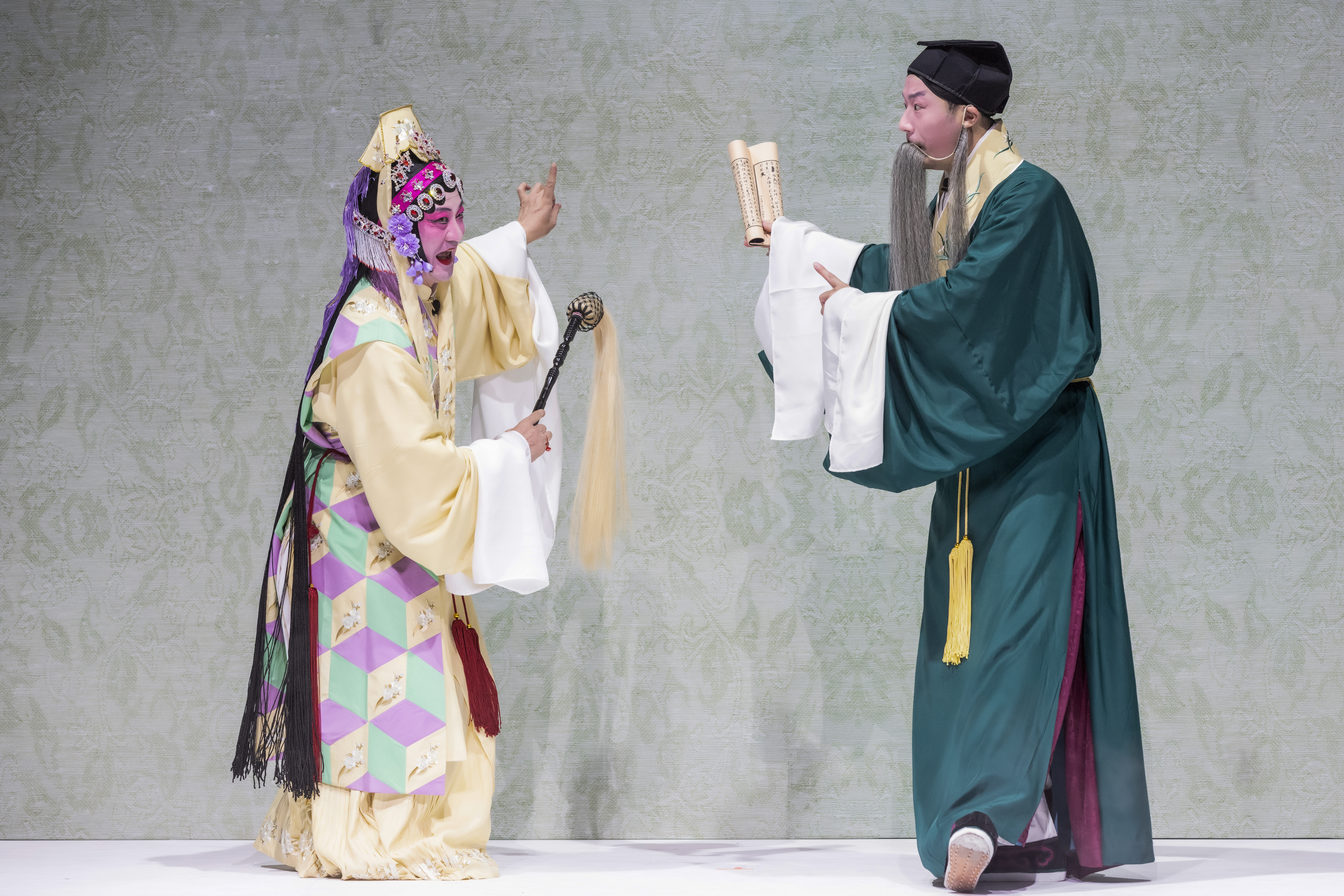

The Peony Pavilion is adapted from the populartale Du Liniang's Soul Returns for Love, whichblends elements of Wei and Jin dynastysupernatural stories with Tang dynasty legends. ltis widely considered the crowning achievement ofMing dynasty playwright Tang Xianzu. The storyfollows Du Liniang, the refined daughter of anoble family,who falls deeply in love with ascholar she meets in a dream-Liu Mengmei. Herlonging becomes so intense that she withersaway and dies. As a wandering soul, she reuniteswith Liu Mengmei in the mortal world, their lovetranscending death, ultimately bringing her backto life so they may be joined in marriage.
Unlike a typical Kunqu opera compilation ofselected scenes,The Peony Pavilion - Kunqu Opera takes a different path. lt offers a uniquereinterpretation-or “decoding”-of Tang Xianzu'soriginal work. As director Ma Junfeng describes it, this is a version that“respects the boundarieswhile breaking through them.” Since its premierein 2022, the production has received anenthusiastic response and widespread praise.
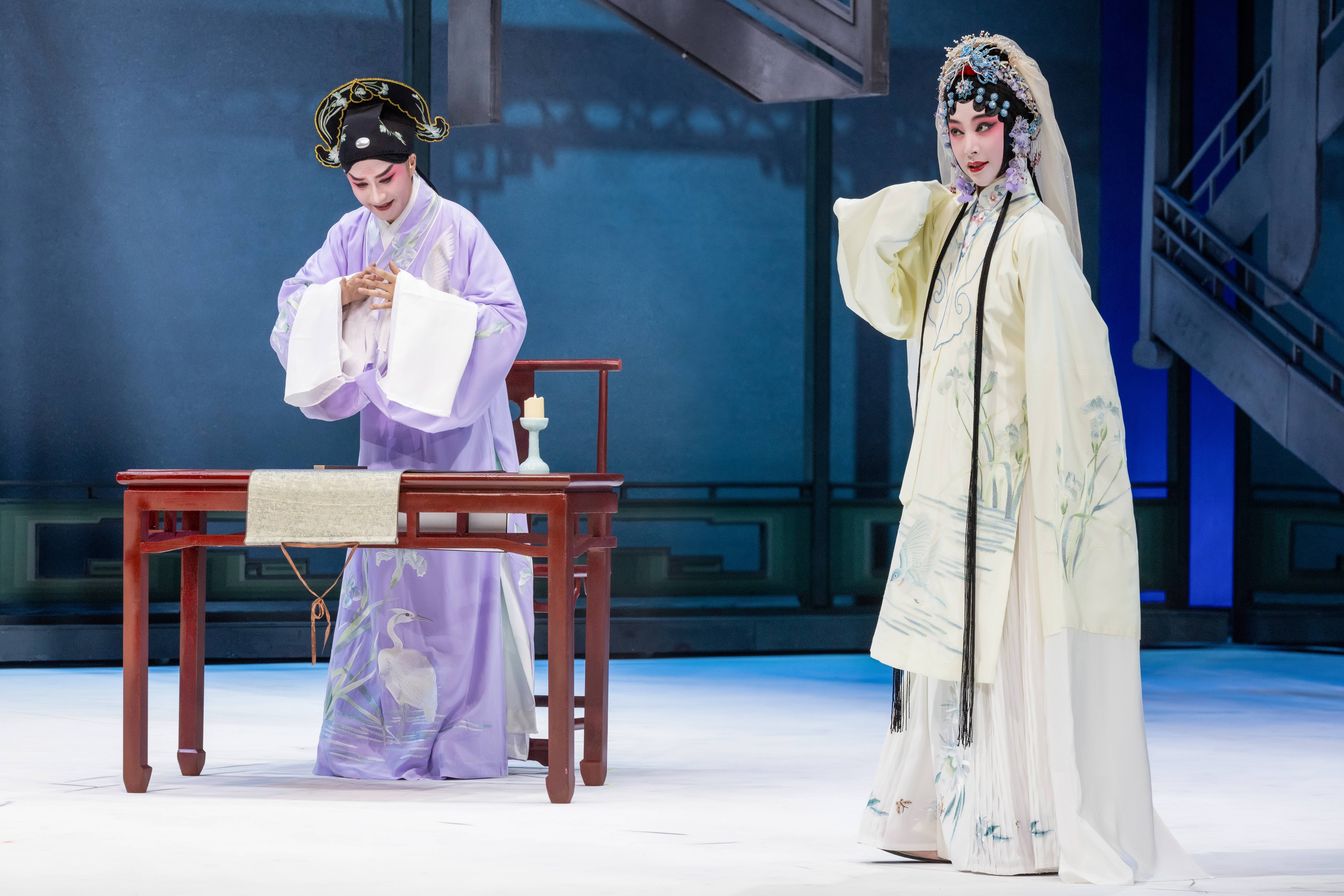
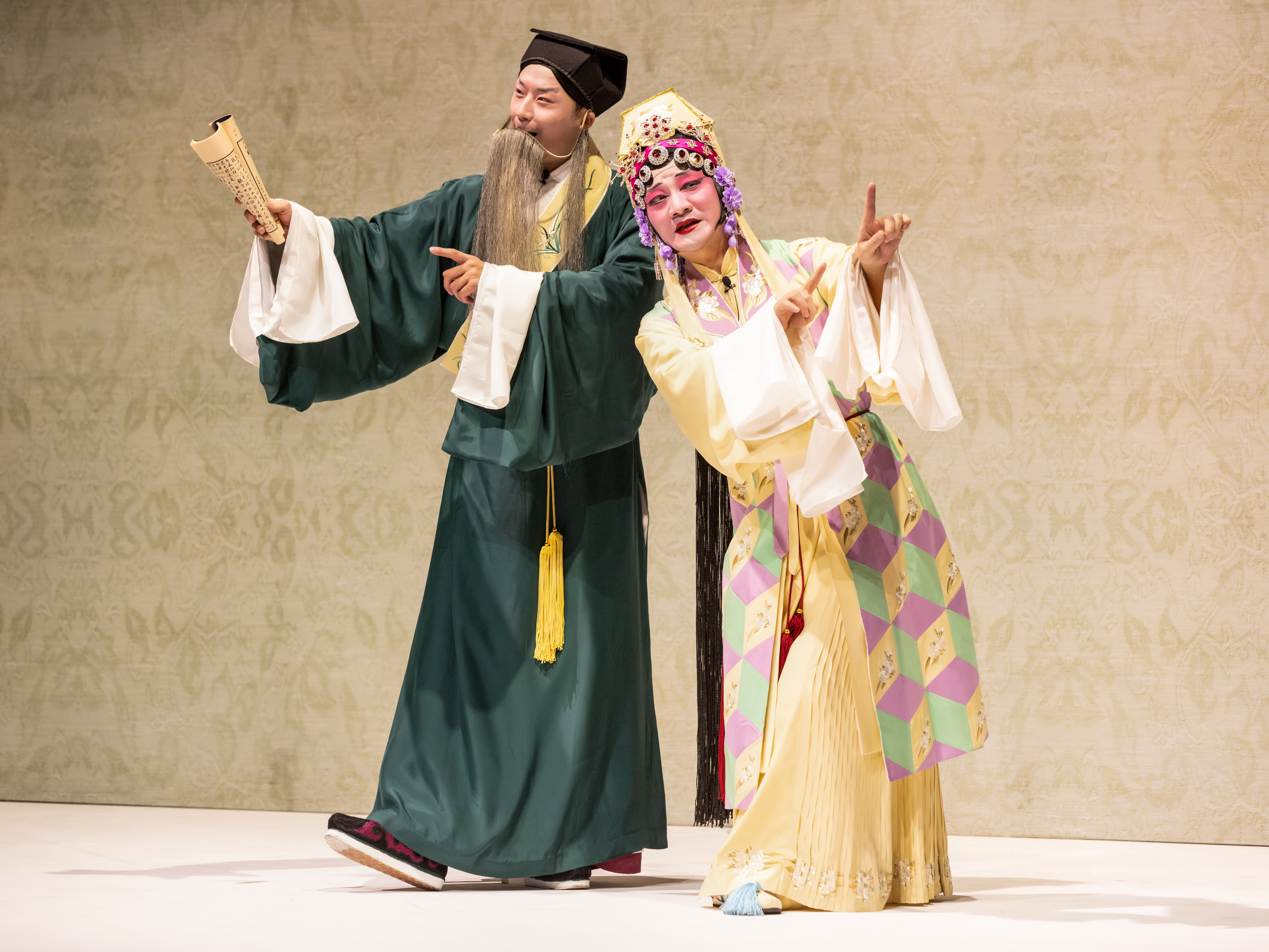
The Peony Pavilion stands apart from alprevious versions. Drawing on years of deepstudy of the original work, playwright Luo Zhoudeciphers the hidden "time code" within thetext, presenting on stage for the first time theintrinsic connection between Du Liniang'sdream and Liu Mengmei's dream.
First is Du Liniang's dream, as depicted in theoriginal play Jing Meng(The AwakeningDream);second is Liu Mengmei's dream, fromthe original Yan Huai (Expressing Feelings).
With remarkable dramatic vision, Tang Xianzuweaves Liu Mengmei's dream across seven actsof Yan Huai, ultimately merging it perfectly withDu Liniang's dream in Jing Meng. This narrativetechnique of temporal reorganization andclosed-loop storytelling continues to showcaseartistic brilliance that transcends its time.
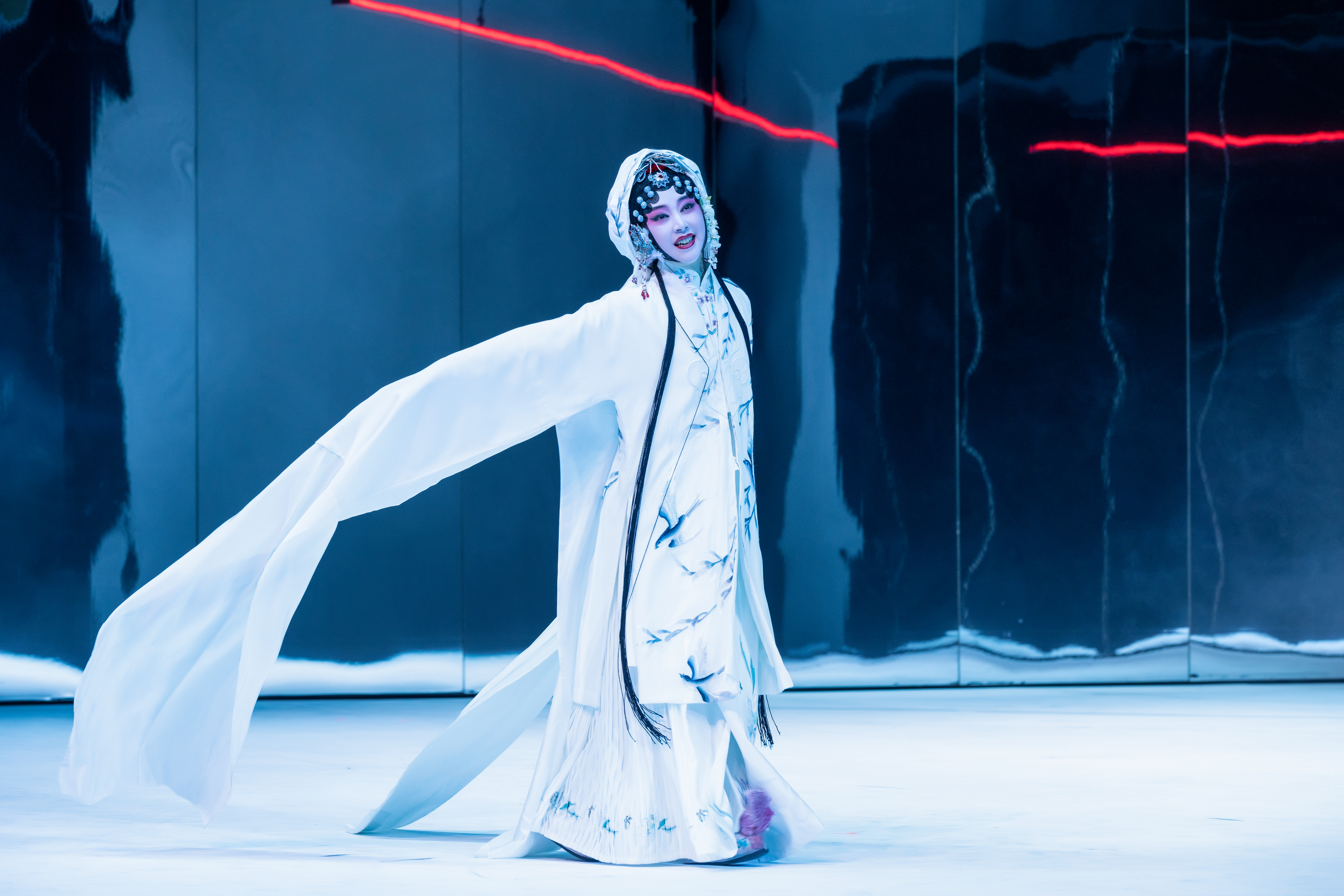
The Peony Pavilion follows the thread of the "dualdream" structure, centering on Du Liniang's returnfrom the dead. lt draws primarily from the originalchapters Yan Huai(Expressing Feelings), WanZhen (Playing Real),Hun You(Soul's Journey), You Gou(Secret Union), Ming Shi (Oath in theNetherworld),and Hui Sheng(Return to Life)while seamlessly weaving in iconic scenes such asJing Meng(The Awakening Dream), Xun Meng(Searching for the Dream), and Shi Hua (Findingthe Portrait)in surprising ways. Every line of newdialogue and lyric in the play is derived or adaptedfrom the original text-nothing is without origin.
By breaking away from a linear structure andcreating a dreamlike narrative that defiesconventional time and space, the performanceimmerses the audience in a deep current of pureemotion. The newly introduced Kunqu “polyphonicduet"technique, where overlapping melodies aresung in counterpoint, brings to life the hauntingdialogue across time and realms between DuLiniang and Liu Mengmei, shimmering with poeticresonance.
Notice
Date:
Saturday, 16th Aug. @ 19:30
Sunday, 17th Aug. @ 14:00
Price: 180/280/380/480/680
Duration: 180 mins (incl. an intermission)
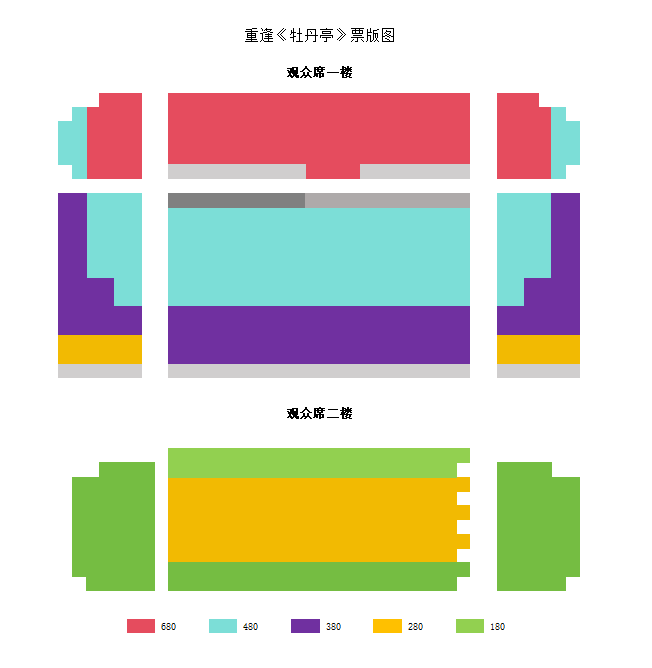
Ticket Collection Method
Please take your tickets at the Ticket Center of the YOUNG Theater (E2 gate of the theater) before the show, enter the ticket collection code on the self-service ticket machine with the QR code in the SMS which you received, and then enter the theater after exchanging the paper ticket.
Please take your tickets at the Ticket Center of the YOUNG Theater (E2 gate of the theater) before the show, enter the ticket collection code on the self-service ticket machine with the QR code in the SMS which you received, and then enter the theater after exchanging the paper ticket.
working hours of ticket office: 10:00 - 20:00
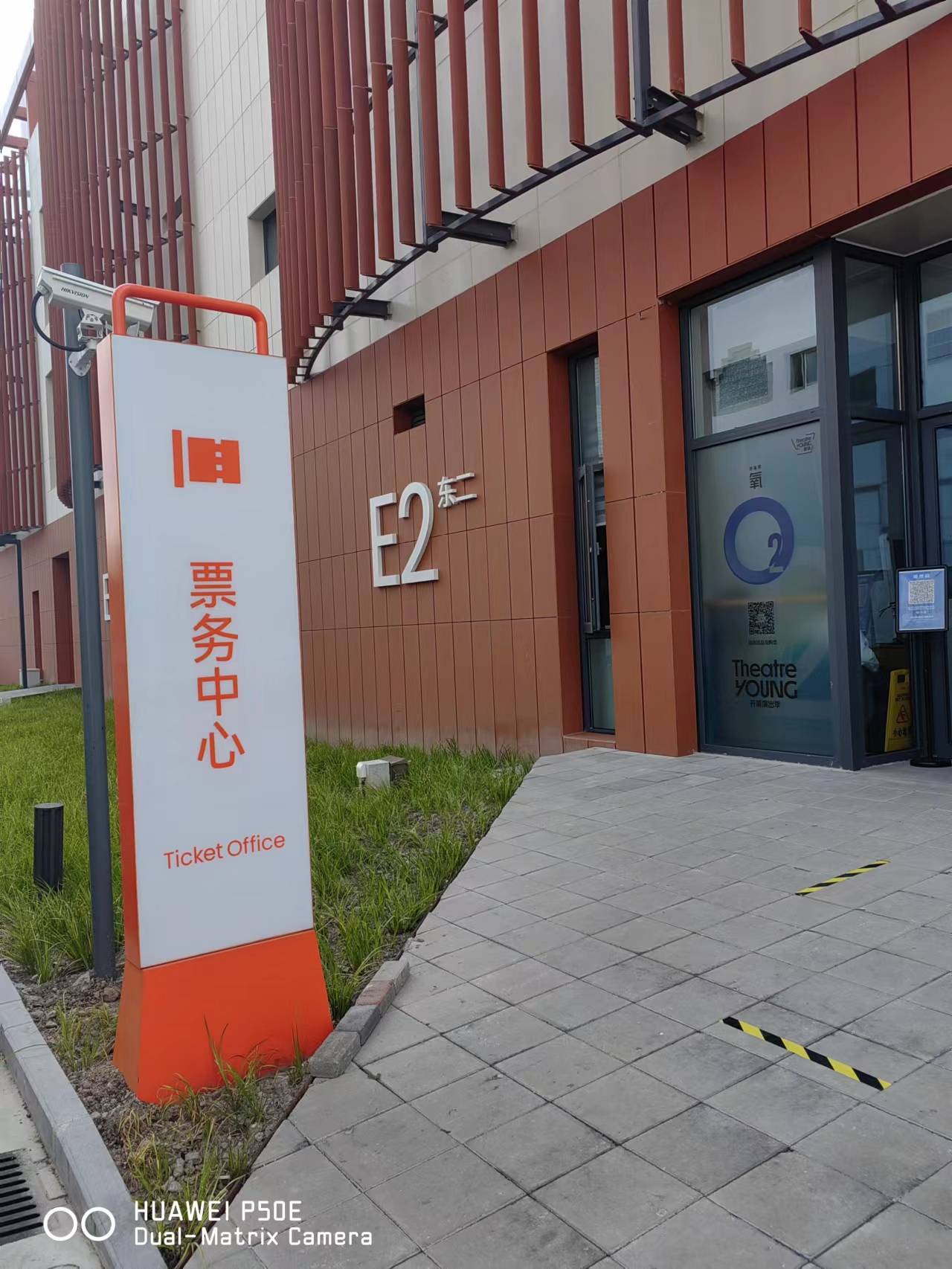
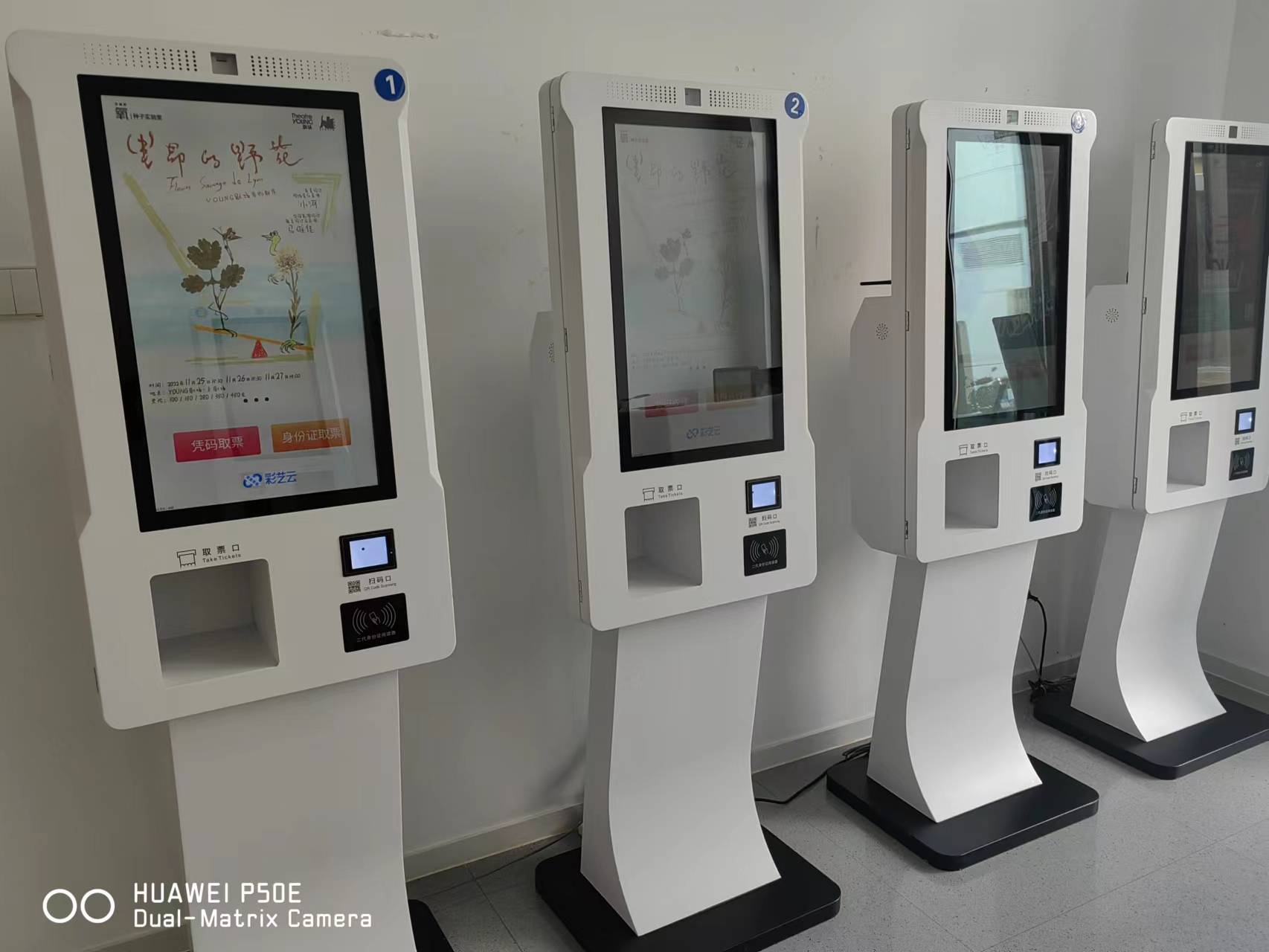

Follow our WeChat for event news, deals, gossip and more!
Book Now
Kunqu Opera The Peony Pavilion
Venue:
Theatre YOUNG
NO.1155, Kongjiang Rd Yangpu Shanghai
Date:
8/16/2025 - 8/17/2025
© 247tickets 2020 沪ICP备19024898号-2

 Add us on WeChat to speak to our friendly customer service team! ID: love247tickets
Add us on WeChat to speak to our friendly customer service team! ID: love247tickets